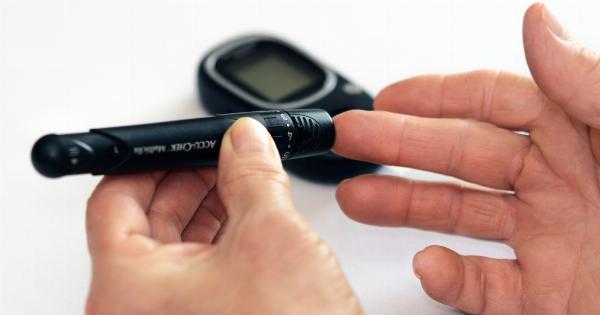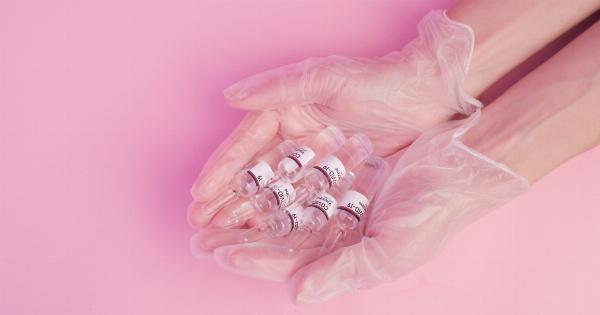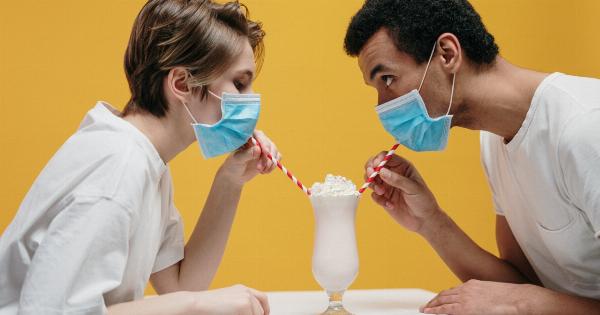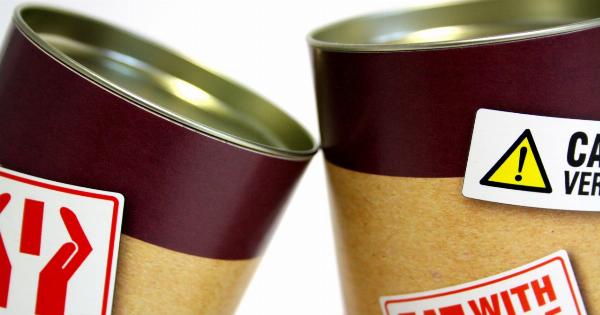Piercings have been a popular way of expressing oneself for years, but they come with certain risks that need to be understood before going through with a piercing.
Below are some of the potential risks involved with getting a piercing, and tips on how to reduce them.
Allergic Reactions
One of the most common risks associated with getting a piercing is an allergic reaction. This occurs when the body reacts to the metal in the piercing, causing irritation, swelling, redness, and itching around the area of the piercing.
To reduce the risk of allergic reactions, it is recommended to choose a piercing made of high-quality materials such as titanium or surgical steel. These materials are less likely to cause an allergic reaction.
Infections
Another common risk associated with piercings is infections. This occurs when bacteria enters the piercing site, causing redness, swelling, and discharge.
To reduce the risk of infections, make sure the piercing is done in a clean and sterile environment. Follow the aftercare instructions provided by the piercer carefully, and avoid touching the piercing site with dirty hands.
Scarring
Scarring can occur as a result of a piercing, particularly if the piercing is not done correctly or if proper aftercare is not followed. Scars can be unsightly and may require medical treatment to remove.
To reduce the risk of scarring, it is important to choose a qualified piercer who has experience in performing the type of piercing you want. Following proper care instructions after the piercing can also help reduce scarring.
Migration and Rejection
Migration occurs when a piercing begins to move or shift from its original location. Rejection occurs when the body sees the piercing as a foreign object and begins to push it out. Both of these can lead to scarring and infection.
To reduce the risk of migration and rejection, choose a piercing location that is not prone to movement, such as the earlobe. Don’t play with the piercing or twist it, as this can cause irritation and increase the risk of migration or rejection.
Nerve Damage
In rare cases, nerve damage can occur as a result of a piercing. This can lead to loss of sensation, numbness, or even paralysis in the area surrounding the piercing site.
To reduce the risk of nerve damage, choose a piercing location that is not close to major nerves or blood vessels. Make sure the piercer is using correct techniques and is experienced in performing the type of piercing you want.
Blood-Borne Diseases
There is a risk of contracting blood-borne diseases such as HIV or hepatitis B and C during a piercing procedure due to shared needles or contaminated instruments.
To reduce the risk of contracting blood-borne diseases, make sure the piercer is using new, sterile needles and equipment for each procedure. If you have any concerns, ask to see their sterilization process or to see their certification.
Aftercare
After getting a piercing, it is important to follow proper aftercare instructions to reduce the risk of infections, scarring, and other complications.
These may include keeping the piercing clean and dry, avoiding swimming pools or hot tubs, and avoiding touching or twisting the piercing.
If you experience any signs of infection such as redness, swelling, or discharge, seek medical attention immediately.
Piercing Removal
If you experience any complications with a piercing, it may be necessary to remove the piercing. Piercings that are not healing properly or are causing significant discomfort may need to be removed to prevent further complications.
If you are unsure if your piercing is healing correctly, or if you experience any excessive pain or discomfort, seek medical attention immediately.
Conclusion
Piercings can be a great way to express oneself, but they come with certain risks that need to be understood before going through with a piercing.
Choosing a qualified piercer, following proper aftercare instructions, and being aware of the potential risks can help reduce these risks and ensure a safe and enjoyable piercing experience.






























